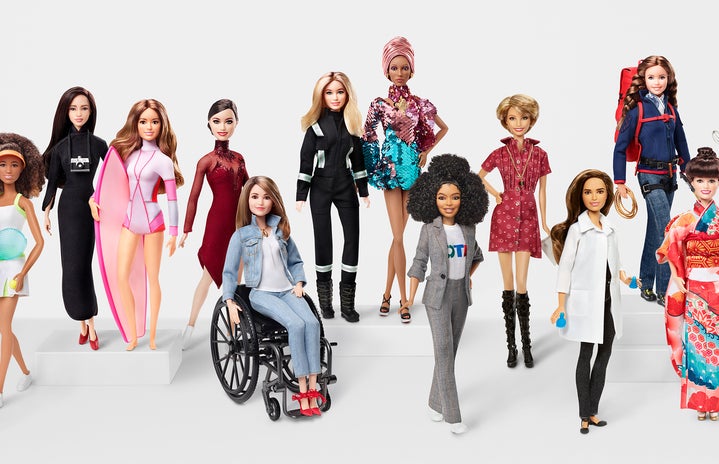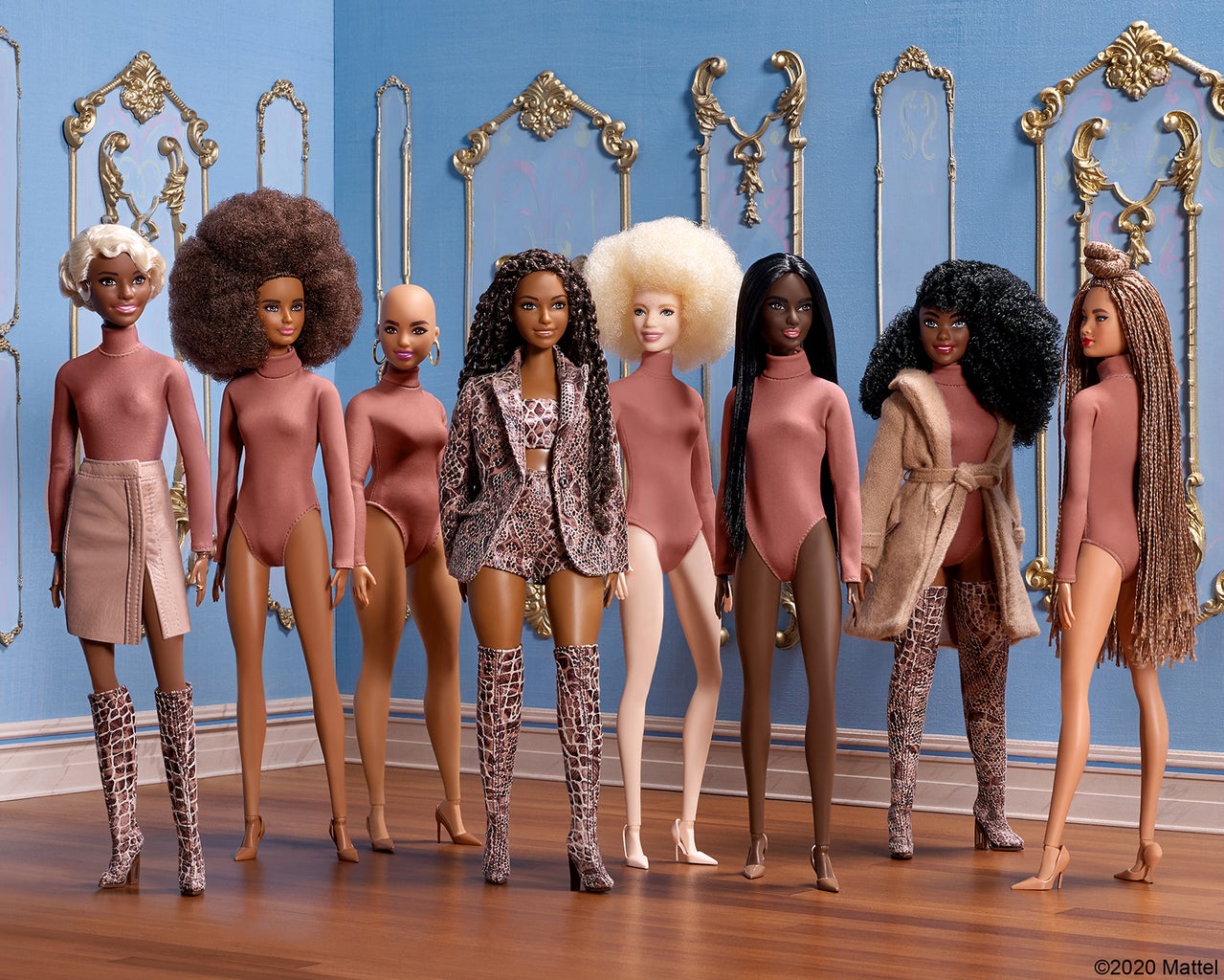Growing up, the Barbie Doll was my favourite toy to play with – as for many other girls, Barbie made up a significant part of my childhood. I remember spending hours of my day after school playing with these dolls in my own imaginary world. With Barbie, I was able to explore different occupations and imagine myself being a teacher, doctor, veterinarian, actor, or anything else. The Barbie made me dream big. On the flip side, as a child I always wondered why Barbies looked so different to me.
Growing up as a South Asian girl in the 2000s, for the longest time I did not own a Barbie that even remotely resembled me. As a child, the majority of my Barbies were Caucasian, and only two or three of them were Black: none of which looked similar to me, or the women around me. As I grew older, I remember constantly yearning to resemble the conventionally beautiful Barbie – tall, skinny, blonde, blue-eyed, and Caucasian. Barbie very swiftly became the standard of beauty I aspired to achieve as a child, and I’m sure I wasn’t the only suffering the confidence consequences of playing with this favourite toy. Barbie’s slogan, “We can do anything, right Barbie?”, started sounding a lot like, “We can do anything if we look like Barbie.” As a child, being innocent and naive, I never really had the opportunity to question why no Barbie had brown skin, thick black hair, or wore South Asian clothing, simply because I was so engrossed in this ideal standard of beauty having been created by Barbie for decades.
As time progressed, the lack of diversity in racial representation meant that I started to dissociate myself from the popular Barbie doll. However, as the years flew by, I finally came across a South Asian Barbie. I vividly remember the first time I got one: it was during a summer holiday trip to India, when my aunt bought me two Barbies- one dressed in a beautiful black sari with gold embroidered borders, and the other, a more traditional, bridal Barbie dressed in a bright lehenga with golden sparkly lace decked in extravagant Indian jewelry. I remember being so happy that the classically Caucasian doll now looked like me, that I would show them off to all my friends, none of which had known that Barbies like this even existed. I held those Barbies as my most prized possession – no one else could touch them expect for me, and even I avoided playing with the dolls for fear of tarnishing them. However, as almost everyone, I grew out of playing with my old toys, and eventually, I said goodbye to my beautiful South Asian Barbies.
Almost 9 years later, I came across the new diversified Barbie dolls, and let me tell you – Mattel has upped their game massively. They brought out Barbies dolls of different skin tones, body types, occupations, and hair textures. They even introduced Barbies with differently-abled medical conditions: such as vitiligo, prosthetic limbs.They also introduced a Ken with long hair!
Additionally, in a step to make Barbie look more authentic to younger children, Mattel has launched its ‘Role Model’ collection filled with Barbies named and designed after some of history’s most influential women. For instance, there are now Barbies of Vinnie Harlow, Deepica Mutyala, Celia Cruz, Rosa Parks, and many more! Thankfully, the Barbie doll is now embracing other cultures with open arms and it is a refreshing, essential change which keeps up with the growing and ever-changing world around us.
Although I don’t play with Barbies anymore, it’s no secret that I do want to own these dolls of various modes of representation. I may not have had Barbies I could relate to when I was younger, but it makes me so happy to know that children of this generation will now have Barbies that look like them and the people around them, in turn making them feel included and represented. As an adult now, I have no shame in admitting that Barbie was, and will continue to be, my favorite toy to play with. With these new Barbie dolls, I can dream again just as much as I did when I was six – except now the shame in looking nothing like my toy idol is forever gone.






